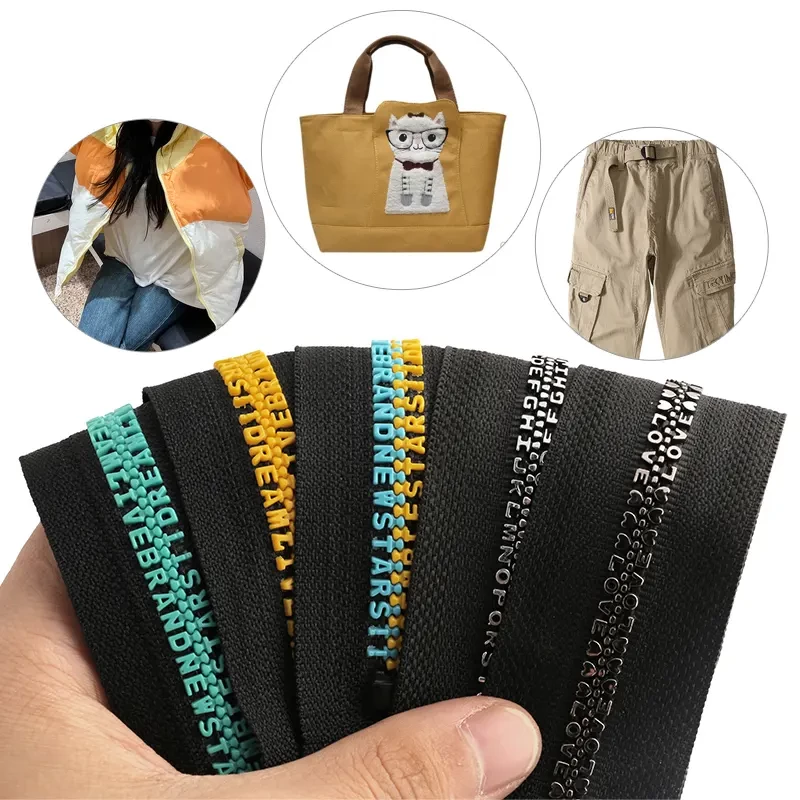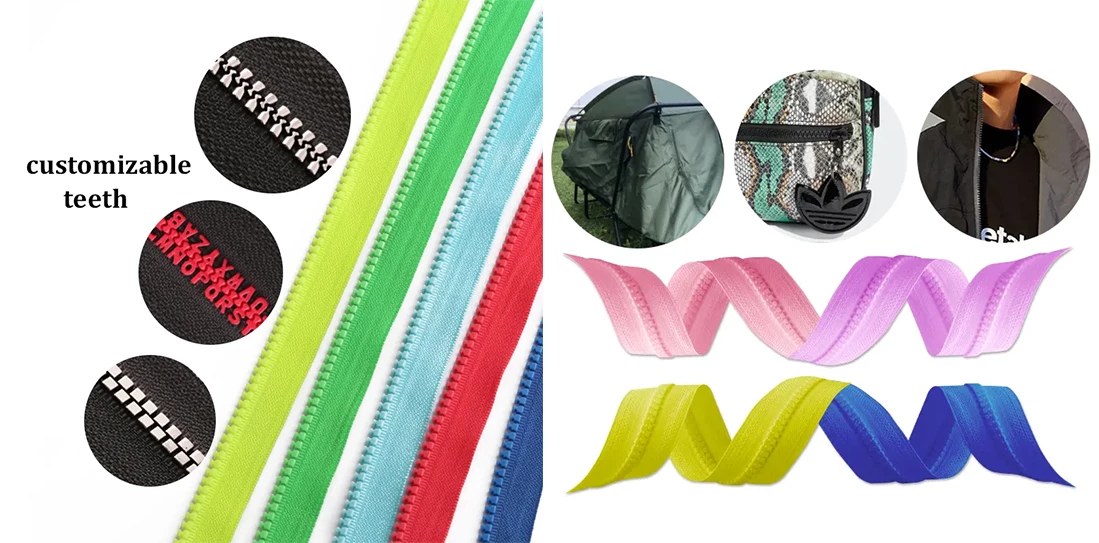
 Jan 03,2024
Jan 03,2024
 BSL
BSL
Zippers got the treatment they deserved at the second largest fashion exhibition in the history of New York's Museum of Modern Art.
What did the modern fashion industry build on? Is it some novelty fabric, chic silhouette, or a unique way of telling us what we need to know about the wearer? I started thinking about this last year. I was invited by Paola Antonelli, Senior Curator of Design and Architecture at the Museum of Modern Art in New York, to participate in the exhibition "Items: Is Fashion Modern? (Items: Is Fashion Modern?", a rare exhibition at MoMA. The exhibition was the first major fashion art show at MoMA, and second only to the 1944 show. The maverick architect Bernard Rudofsky created the museum's largest fashion show.
Taking up an entire floor on the sixth floor of the museum, the show featured 111 exhibits that have influenced people's lives over the past century. The exhibition includes classic styles from popular brands, such as Levi's No. 501 trouser jeans and Converse All-Star canvas shoes signed by basketball star Chuck Taylor, as well as historic and culturally rich artifacts (such as a kippah and an Arabian patchwork scarf), and world-famous luxury items such as Saint Laurent's smoking jacket (L'Oreal), and the world's most famous fashion item (the L'Oreal). Saint Laurent's Le Smoking and Hermès' Birkin.

The exhibition gives clothing and accessories their rightful place as worthy of contemporary contemplation, evoking aesthetic and sociological interest. Fortunately, the exhibition will also inspire viewers to revisit the popularly underrated zipper. It is an ordinary, figurative object, but also an essential piece of equipment for the rhythm of contemporary life.
As a prelude to the exhibition, I attended a one-day symposium on the theme of clothing. There were short presentations on different topics in the order of the 26 letters of the alphabet. These presentations were, in Antonelli's words, "primers" for the audience. For example, in the A-themed presentation, Nike designer Tinker Hatfield discussed how the company's Air Max line of sneakers came to be. And in the presentation on the letter C, Harold Koda, former curator of the Costume Institute at the Metropolitan Museum of Art, talked about the tight-fitting Zhongshan suit, detailing the history of this traditional Chinese garment.
In this symposium, I had the pleasure of discussing zippers with you, borrowing the theme of the letter Z. Today, zippers are everywhere. Even at the San Francisco Museum of Modern Art, one can instantly see a zipper on a nylon backpack from the Italian luxury brand Prada. But it's also so unusual that people no longer find it worthwhile to hold it in judgment. The exhibition includes a leather biker jacket by the American leatherwear brand Schott Perfecto. On this classic men's jacket, the zipper transcends the limits of its original function and transforms into a design element. On the few little black dresses on display at the museum, the zipper has become an American medium for conveying intimacy. Just think how many times an American husband has to help zip up his wife's dress before she leaves for a dinner party, letting the teeth of the inward-facing chain climb up her spine?
Born in Chicago, the zipper was an American product, and at the 1893 World's Fair in Chicago, an Illinois inventor named Whitcomb Judson demonstrated his patented invention: a locking or unlocking device for fastening and unlocking footwear.Judson's product, which had the fancy name of being a combined hook-and-loop fastening system, was actually crude in form and awkward in operation.In 1913, one of Judson's men, Gideon, was hired to help with the zipper, and he was given the opportunity to work on the zipper. In 1913, one of Judson's employees, Gideon Sundback, patented a similar invention: the No. 2 hookless fastener. This invention was the catalyst for the evolution of the zipper. Until then, neither buttons nor lace had ever brought the skin of the human body into such close contact with a machine, nor had humans ever experienced the efficiency of the metal represented by the zipper at such close quarters.
However, this trend-setting innovation has been slow to be recognized. At the turn of the last century, when tight underwear was still very much in vogue, there was no rush to embrace a costly invention, even if it promised to help users remove their clothes quickly. Over time, zippers slowly became integrated into fanny packs, closets, chair covers, sleeping bags, pencil cases, cigarette packs and handbags. The word zipper was coined in 1923 by B.F. Goodrich, a rubber goods manufacturer that trademarked its slip-ons and sneakers, coining the word zipper to simulate the sound of a zipper being unzipped, and promising female users that they could win swimming championships with its products in an advertisement that is considered a classic: "Beat the boys, they're still undressing and you're already swimming!"
Zippers finally became popular in the 1930s, when young men stopped wearing pants with buttons as a placket, considering that design old-fashioned. Judson's company, which had changed its name to Talon by then, went into full production, with all factories running continuously 24/7, even during the Great Depression.

One hundred years ago, the zipper was an up-and-coming invention that symbolized the future. Today, it is a grounding element in our daily lives. Yet it possesses an aesthetic appeal that generates a strong sense of excitement. The zipper has always been full of potential, waiting to be discovered. Is it a modern product? According to Tom Robbins, both yes and no. In his 1984 novel Jitterbug Perfume, Robbins summarizes the split personality of the zipper in an improvised jazz performance. He writes: "On the one hand, you have a rough zipper, like a reptile all the time; on the other hand, it's mechanically engineered, deft and smooth. The zipper is simultaneously primitive and modern."
